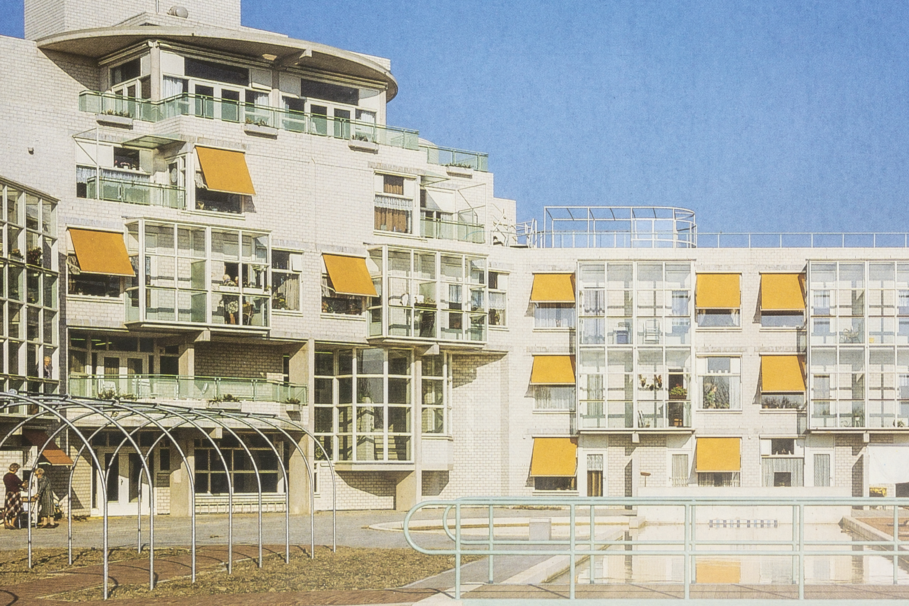The latest instalment of our series of AR Reading Lists: seven carefully chosen pieces from our archive, free for registered users
‘The world is waiting for a new generation of architects, ready for a break, and tired of this rat race for money and success’ writes Herman Hertzberger in his letter to a young architect. The Dutch Structuralist is now 88, defying still all the facade-driven ‘architecture on steroids’ in favour of a more humane architecture, one that is open to interpretation.
Working against a stereotype of the architect as a fanatic for control, Hertzberger’s buildings perform through use, where function also means flexibility. Though some of his former students may have considered his ideas ‘old hat’ or criticised a lack of ‘formal clarity’, as Hans Ibelings wrote in his Reputations in 2013, such a sociable imagination could do well to be further adopted today.
Register for free to read today and receive the AR Reading List straight to your inbox. Stay safe, and happy reading!
Herman Hertzberger: letter to a young architect, Herman Hertzberger, AR September 2020
‘We plea for more freedom and a less nailed-down functional approach. Maybe we should consider buildings more as instruments, open to different tasks at different times’
Revisit: Herman Hertzberger’s architecture and influence, Peter Buchanan, AR November 2018
‘Hertzberger’s approach to function is not prescriptive, as in dictating a single ‘correct’ function. Instead his formal devices deliberately suggest multiple interpretations’
De Overloop care home, Almere, Netherlands, by Herman Hertzberger, Peter Buchanan, AR April 1985
‘A building with three faces that each look like the front reflects a concern with egalitarianism that only the Dutch take to such extremes’
Book of the month: Aldo van Eyck Orphanage Amsterdam Building & Playgrounds, Michiel Van Iersel, AR November 2018
‘Herman Hertzberger and Van Eyck disagreed about the essence of (Structuralist) architecture. While the former claimed that occupants should be able to appropriate and alter a building, the latter controlled every aspect of his own creation down to the smallest detail’
I Mosaici School, Herman Hertzberger in Rome, Deborah Saunt, AR November 2012
‘Hertzberger’s radical nature lies less in physical form than at the level of breaking down preconceptions about social interaction’
Herman Hertzberger’s framework for care, Sutherland Lyall, AR February 1976
‘Thus the setting of De Drie Hoven will probably always have a feeling of not-quite-finished friendly slovenliness which a more “architectural” building could not tolerate’
Reputations: Herman Hertzberger, Hans Ibelings, AR April 2013
‘These young architects were often unimpressed by the achievements of structuralism, which they considered as old hat and sometimes they showed an undisguised aversion towards both its soft social overtones and its perceived lack of formal clarity’
Subscribe today to join the conversation and help support independent critical architectural writing. Digital subscriptions are available and all our content is available online, anywhere in the world
 The Architectural Review An online and print magazine about international design. Since 1896.
The Architectural Review An online and print magazine about international design. Since 1896.


